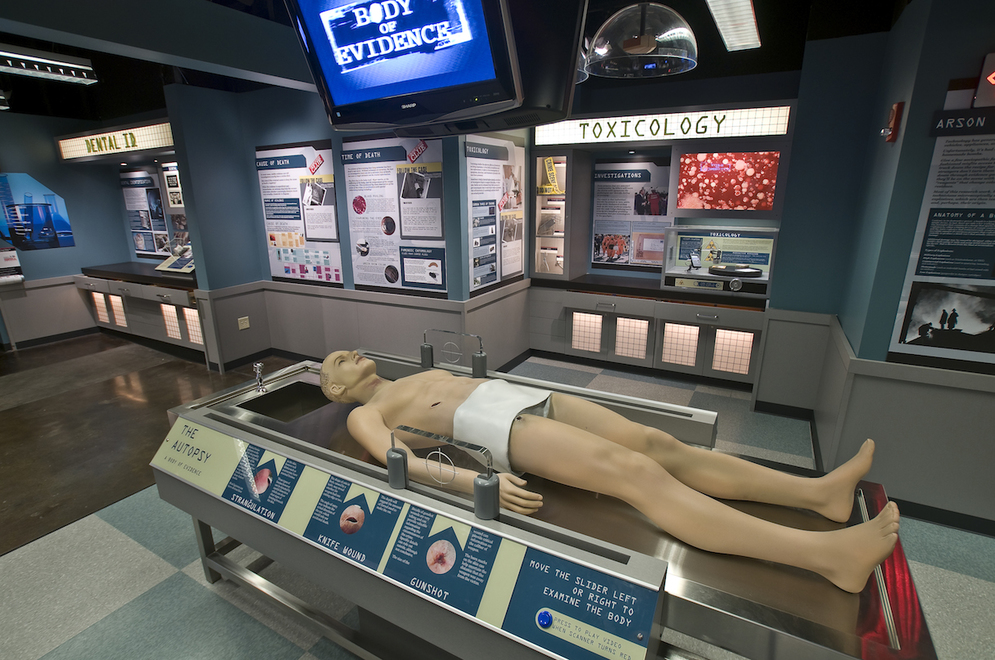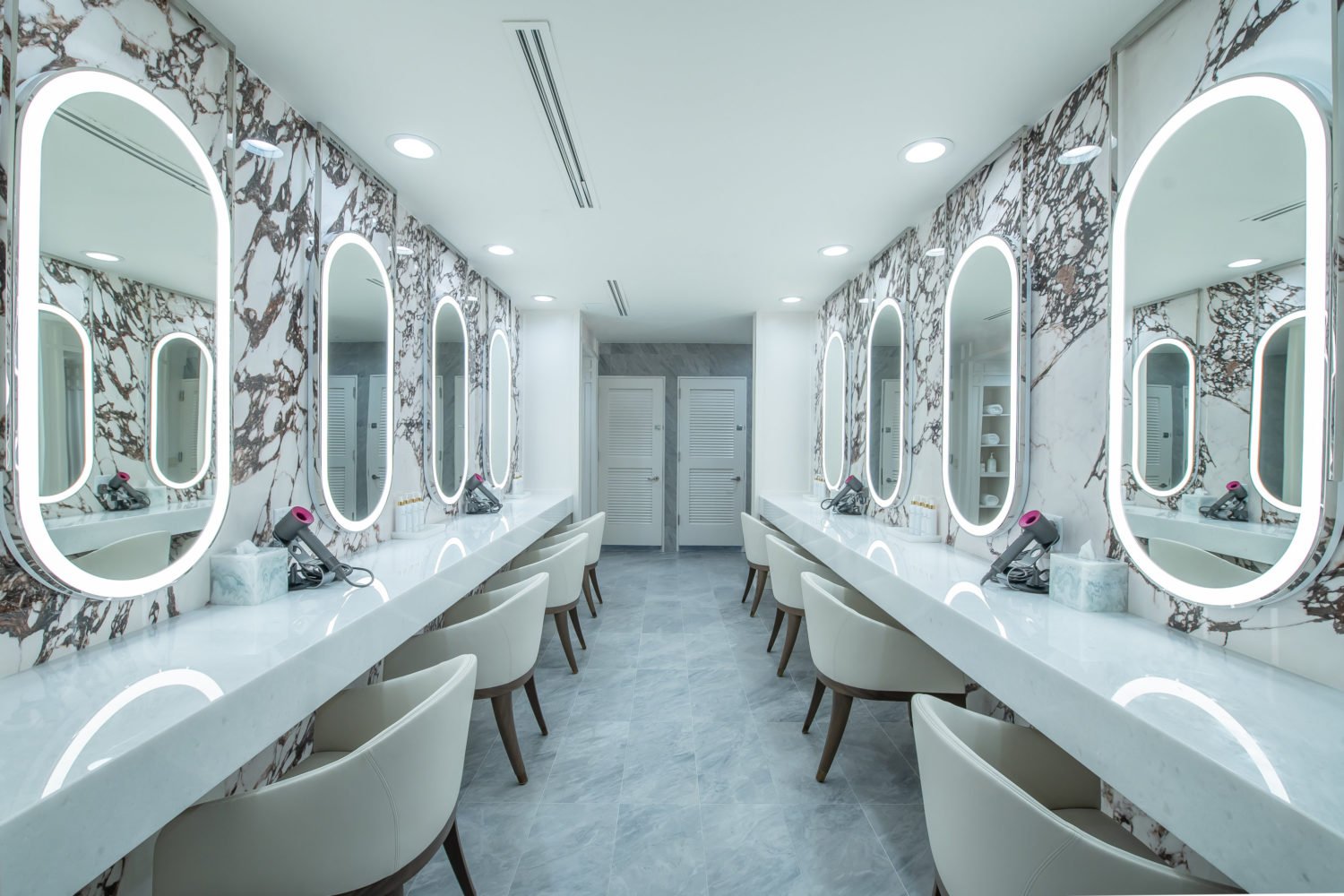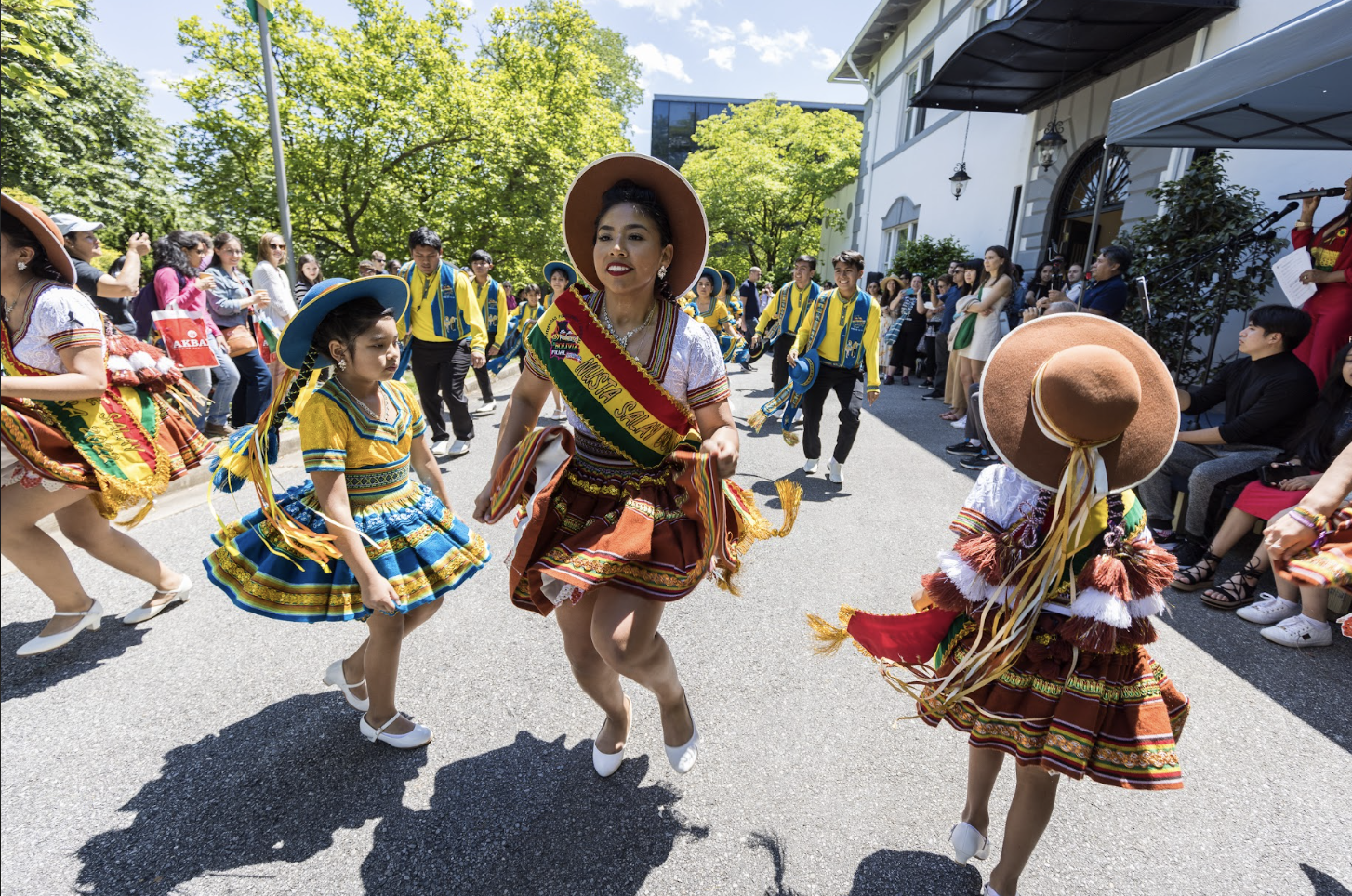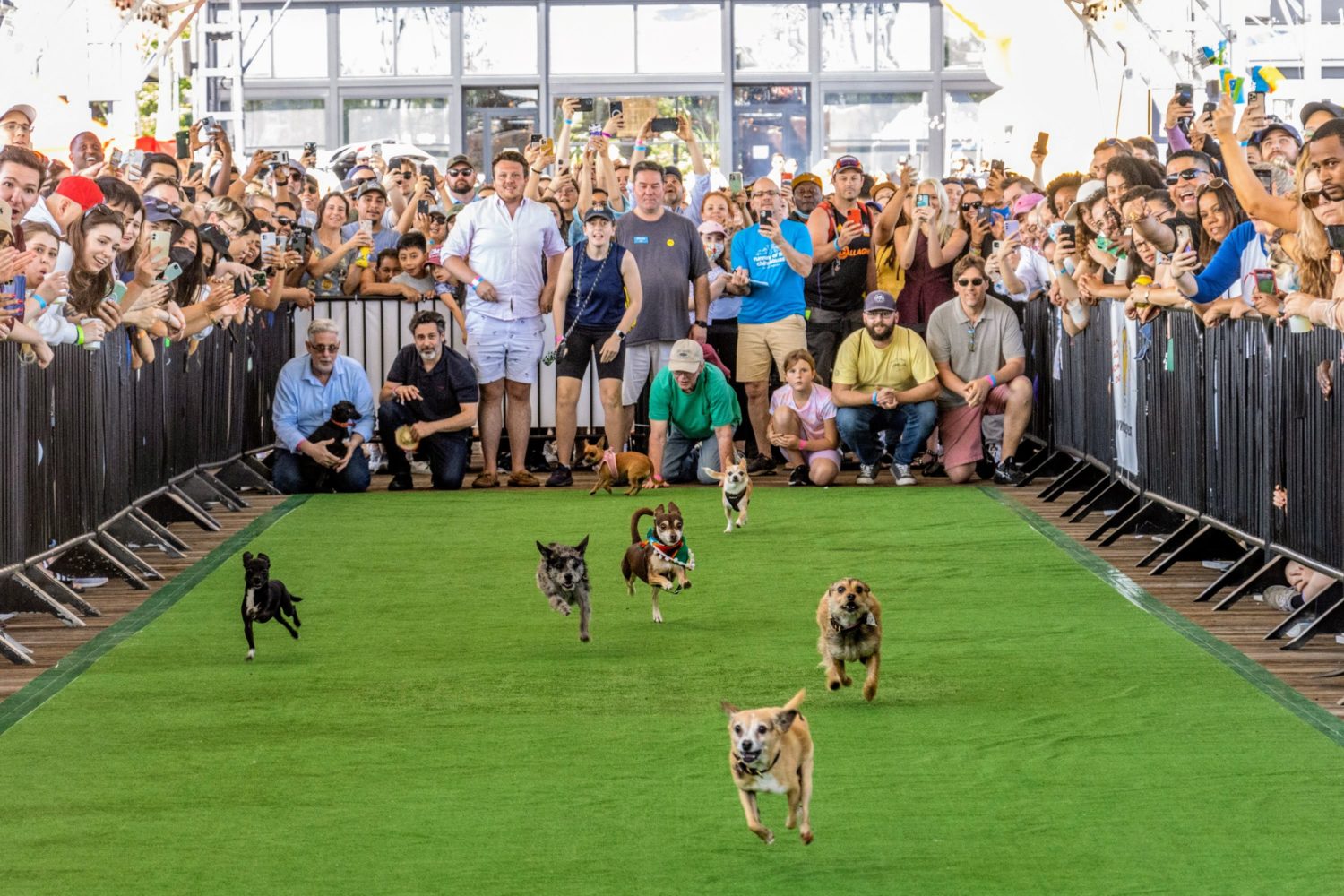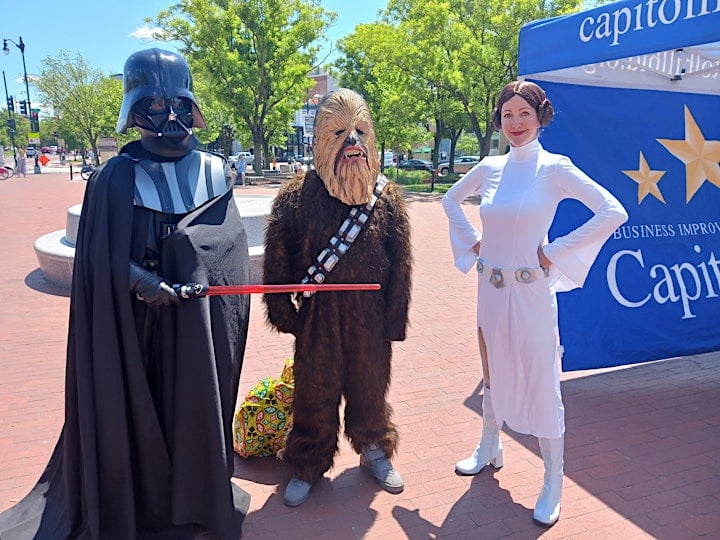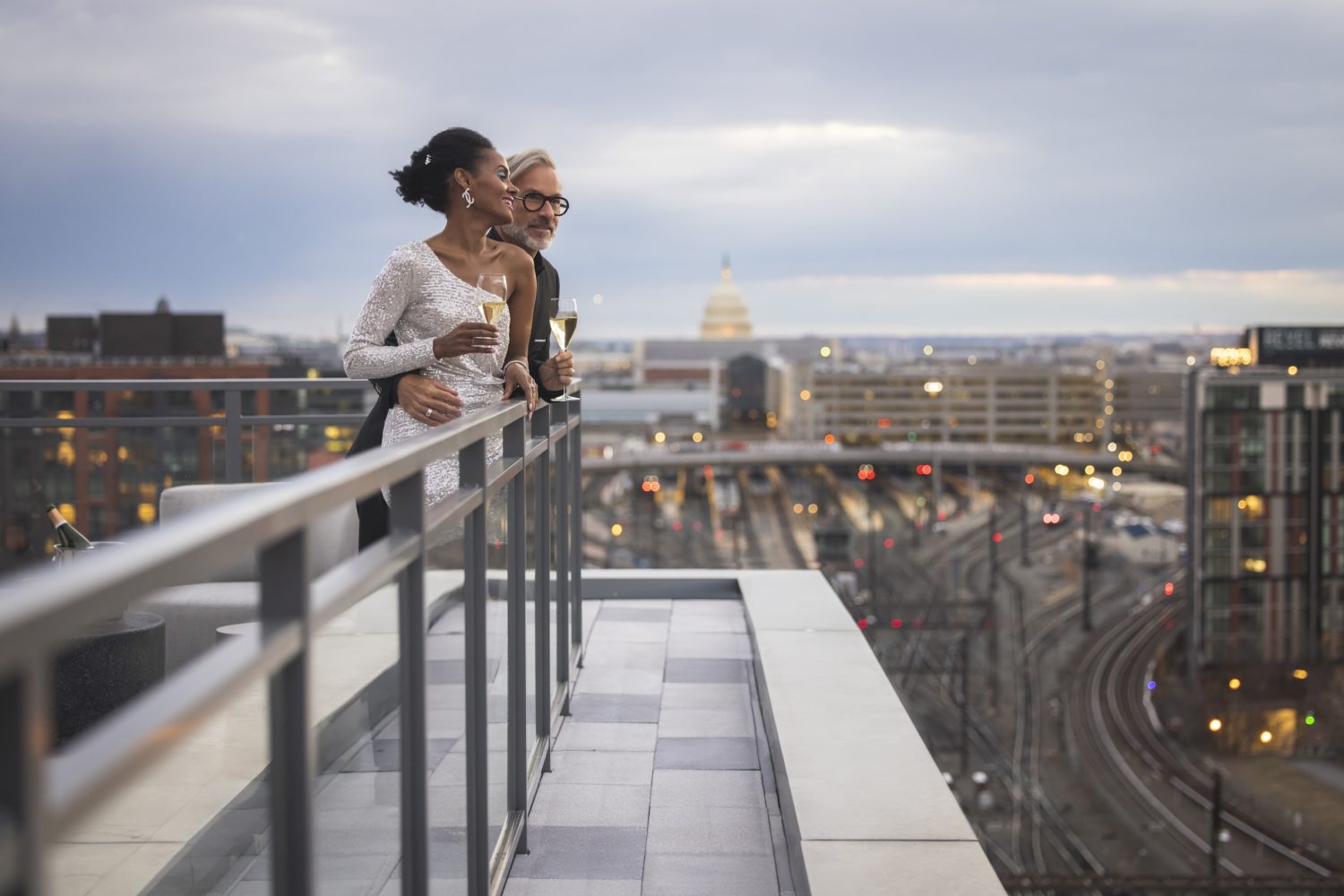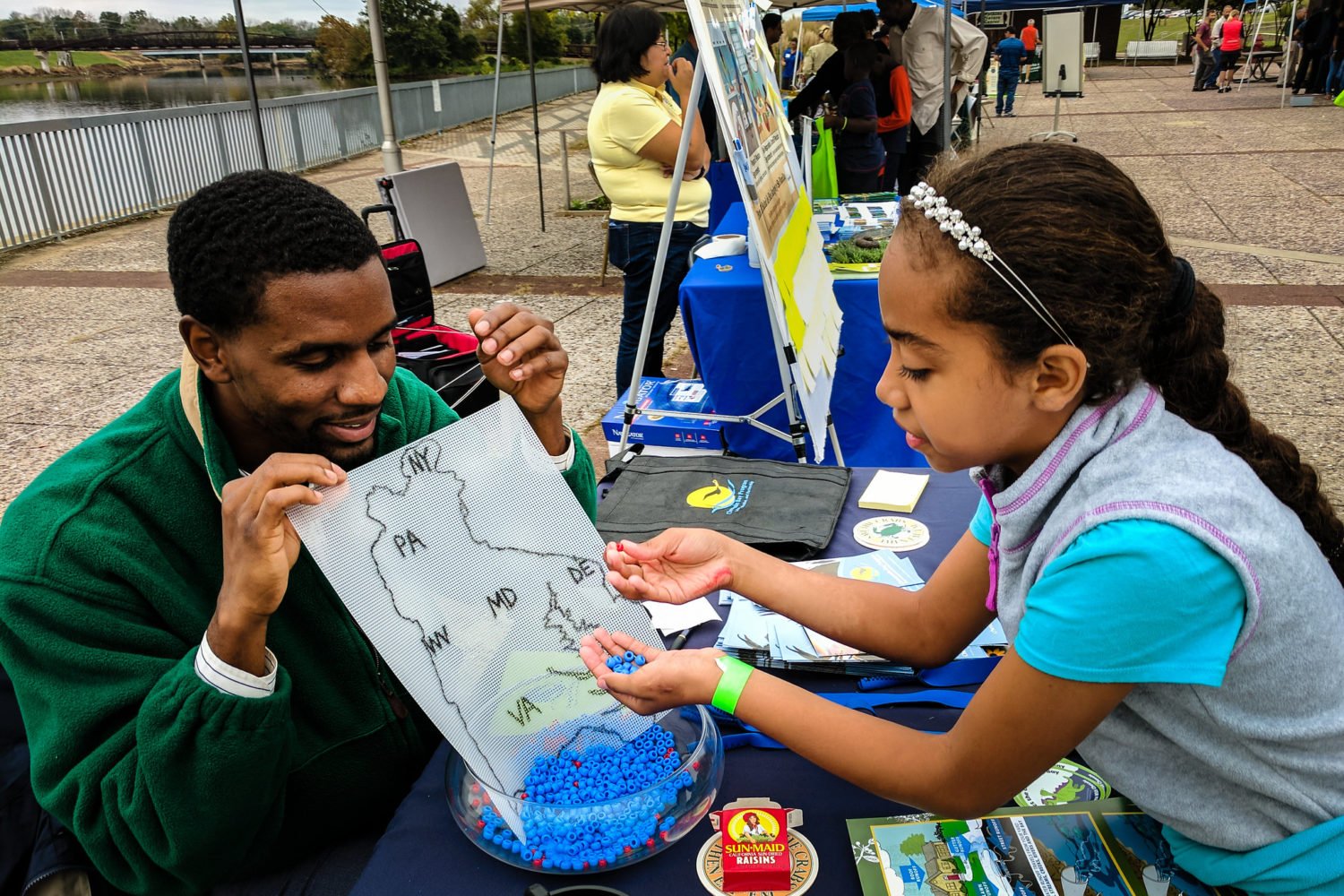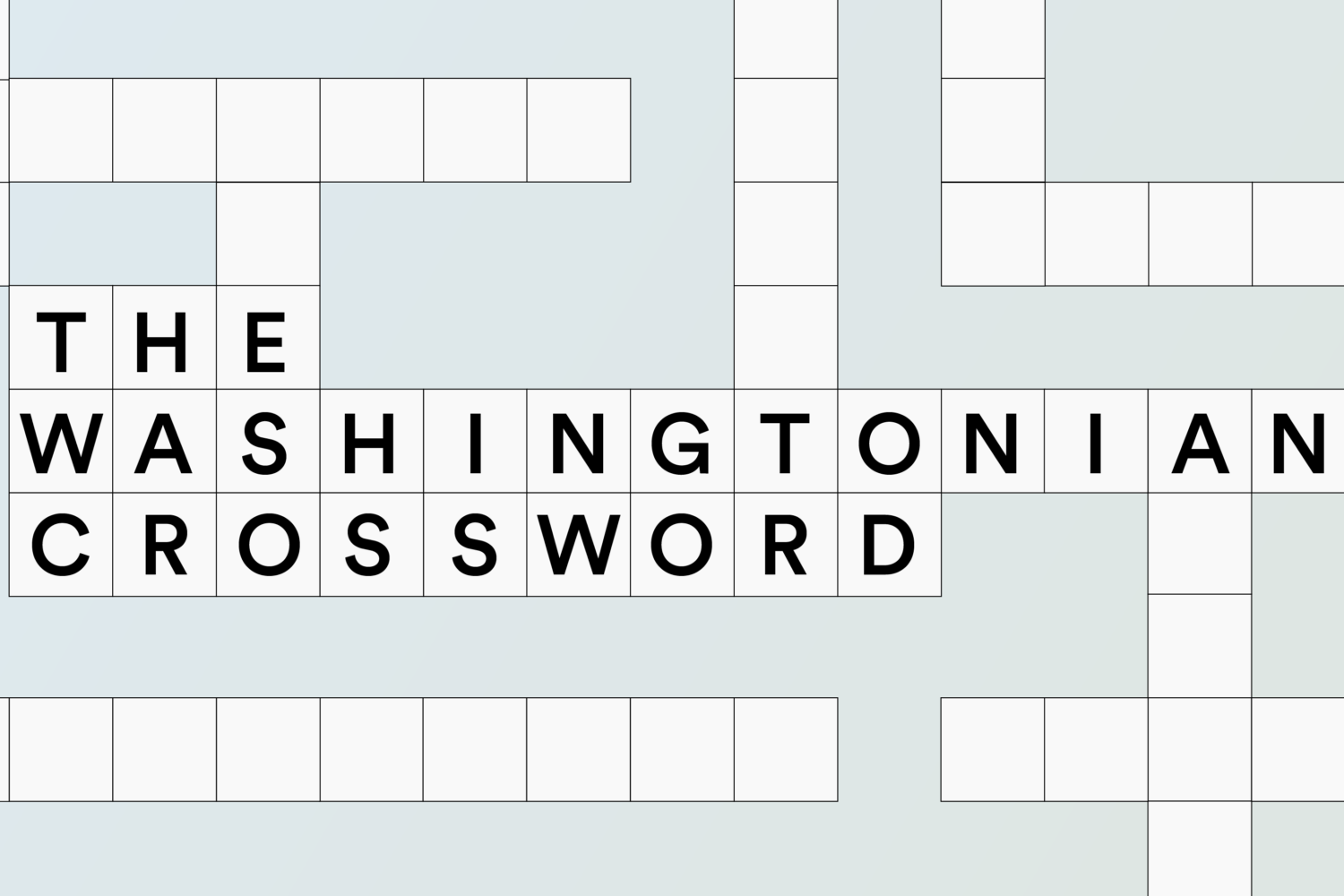When the Crime Museum announced last week that it would close at the end of September, the news rippled through a city fraught with struggling private museums. The Newseum is $307 million in debt. Owners of the International Spy Museum want to become a DC-controlled non-profit. And last year, the Corcoran Gallery of Art, DC’s oldest private art museum, folded following decades of financial woes.
A Crime Museum official blamed their problems on an unwavering landlord and a tough downtown real estate market. Unmentioned in that explanation is the museum’s robust history of legal battles.
Its tale begins with a chance encounter between two men on a plane ride to Johnnie Cochran’s funeral in California. It was April 2005 when Florida lawyer John Morgan, Cochran’s former law partner, met mid-air with John Walsh, host of America’s Most Wanted. The two discussed the possibility of opening a crime museum in Washington, an “attractive potential home for a for-profit museum dealing with crime related themes,” according to court records.
Lance Heflin, the show’s executive producer, was also on board with the plan. The DC museum had the potential to work for both parties. It could double as a sight-seeing destination and a TV studio.
But that arrangement didn’t sit well with Robert Davant, a Pennsylvania attorney. He had approached Heflin about developing a crime museum of his own. In fact, around March, the producer had signed a confidentiality and non-compete agreement with Davant and his partners regarding the project.
That document would come back to haunt the museum in March 2009, a few months short of its first anniversary. Davant and his partners filed a $2-million lawsuit in DC Superior Court for breach of contract against Heflin and America’s Most Wanted’s production company, as well as tortious interference against Morgan and the Crime Museum. The lawsuit was settled and dismissed in 2011.
In the settlement, Davant says he received a lump sum plus Heflin’s share in the museum. “This was an idea that I worked on with my partners for years and years,” Davant says, later adding, “You reap what you sow.” (Morgan, who owns attractions as a side project to his legal work, insists the lawsuit was primarily between Davant and Heflin. “It wasn’t my fight,” he says.)
It wouldn’t be the end of the museum’s legal battles. Two other lawsuits filed in 2009 named the museum as a defendant. Filed in February by a project management company, the first complaint sought to enforce a lien on the museum’s property; the museum had allegedly failed to pay $282,689.44 in materials and services. The case was dismissed in January 2011.
The second lawsuit, filed in April by an electrical contractor, named the museum, a construction firm, and its project management company as defendants. The contractor demanded $344,570 in unpaid services. That case was dismissed in June 2010.
The museum was soon back in court. In September, DC Where Magazine sued for $18,008.34, plus interest and attorney fees, in unpaid advertising costs. The Crime Museum settled the following year for $9,000.
Janine Vaccarello, the museum’s chief operating officer, says these legal problems had nothing to do with the closing. But do they mean the company was strapped for cash? Not according to Morgan, who says the museum was profitable. “We were making good money, enough money that we were willing to double our rent,” he says. “But [the landlord] just wanted the space.”
With about 300,000 visitors annually, the museum paid more than $1 million in rent per year. But Morgan claims his offer wasn’t enough to make the museum’s landlord, Beacon Capital Partners, buckle. (Beacon Capital Partners declined to comment.)
Regardless, the attorney says he has grown tired of Washington’s bureaucracy. He had long hoped to build a bold facade for his DC museum–something eye-catching like the upside-down aesthetic of his WonderWorks indoor amuseument parks. But he was let down by the city’s permitting. “If I was advising anybody, unless you’re a free museum, don’t go there,” he says. “You will never get a break.”
The attorney’s next project will be a new crime museum in Pigeon Forge, Tennessee. This one, however, will be different than DC’s version. Its facade will resemble a 19th-century prison: “It’ll have all the effects–everything we couldn’t do in DC, and we’ll make a fortune.”

